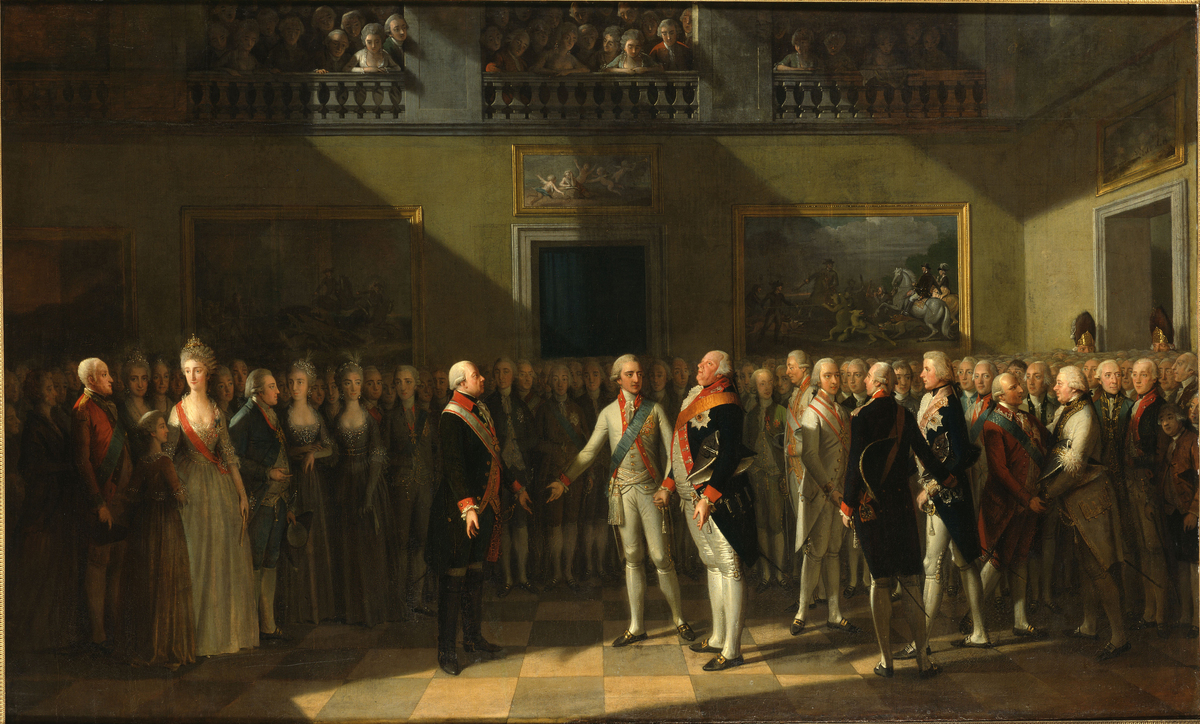Abstract
On August 25, 1791, Austrian Emperor Leopold II (r. 1790-92) and Prussian King Frederick William II (r. 1786-97) gathered with a number of French émigrés and German nobles at Pillnitz Castle in Saxony, where they issued the Pillnitz Declaration. In the declaration, the two sovereigns promised to defend King Louis XVI of France (r. 1774-92) and the monarchical principle against the escalating French Revolution. They also intimated that they would undertake military action on behalf of the French monarchy if other European powers did so as well. The declaration lacked specifics and was largely aimed at pacifying French nobles. Despite the urging of his beleaguered sister, French queen Marie Antoinette, Leopold II was particularly reluctant to commit to concrete action. Back in Paris, however, the declaration looked less vague – it was seen as a threat and served to further radicalize belligerent forces determined to abolish the monarchy, expand French borders, and spread revolutionary ideas across Europe. The image below shows Leopold II (left) and Frederick William II (right) surrounded by German nobles and French émigrés at Pillnitz Castle.
